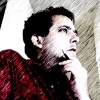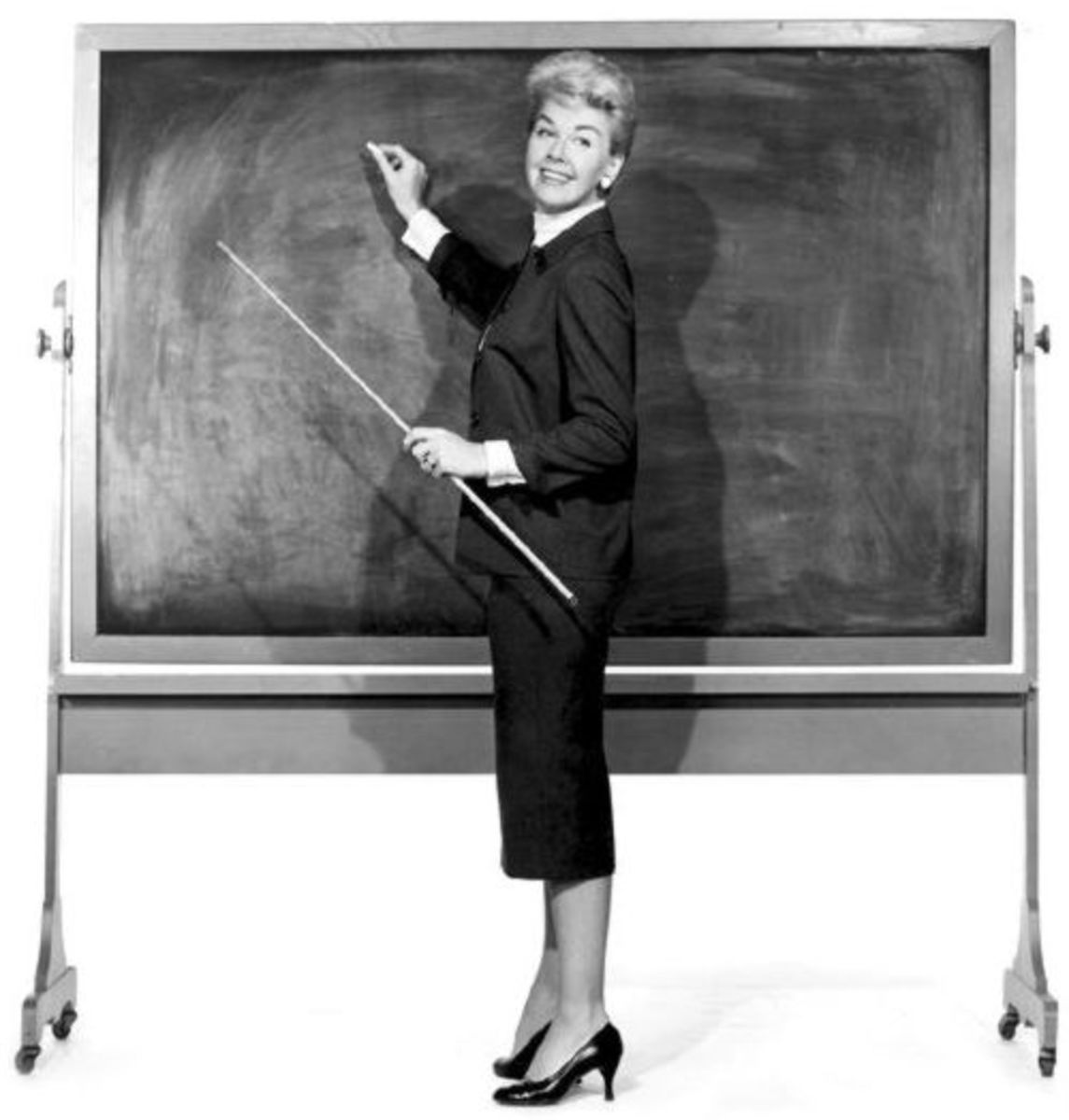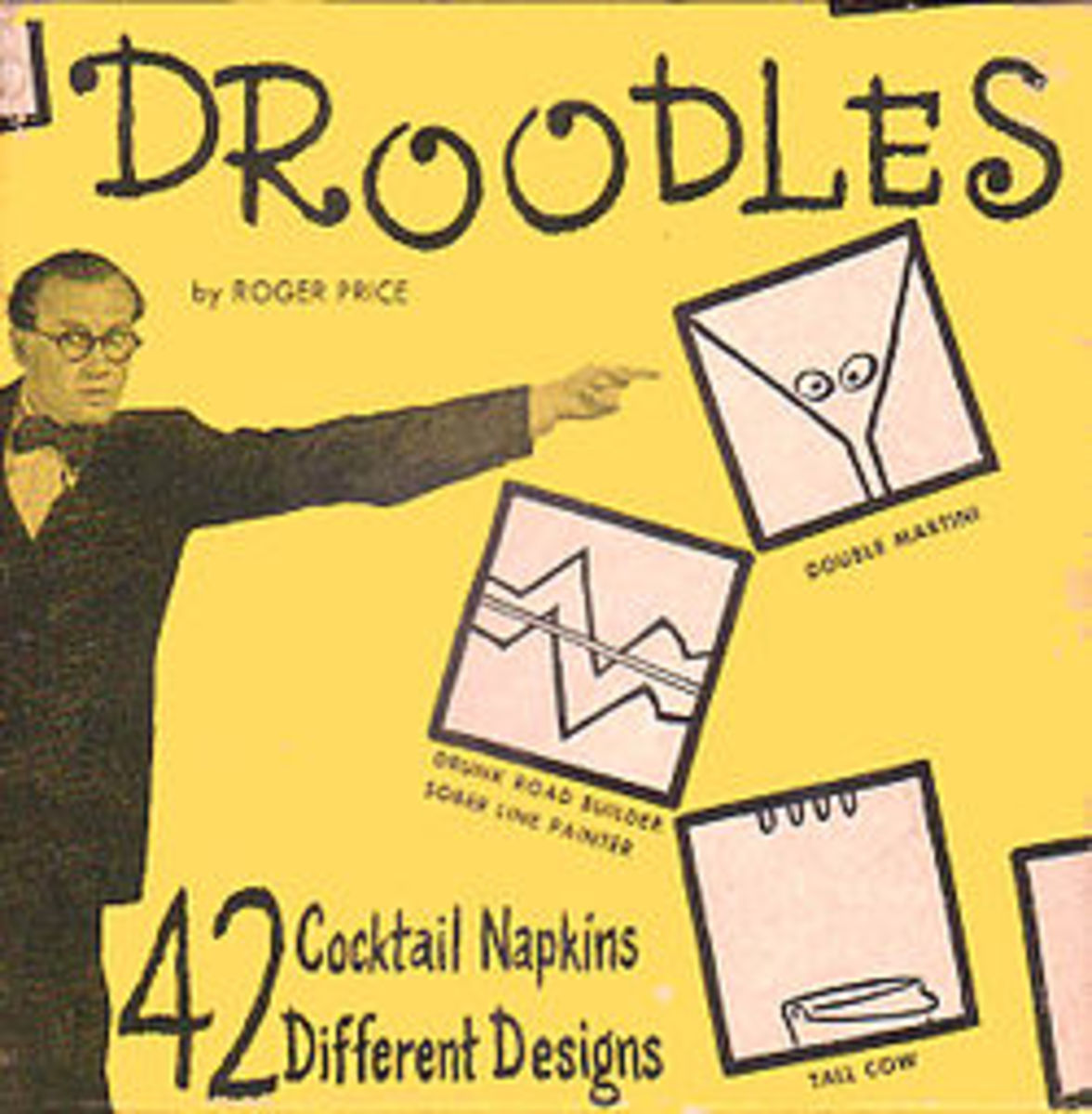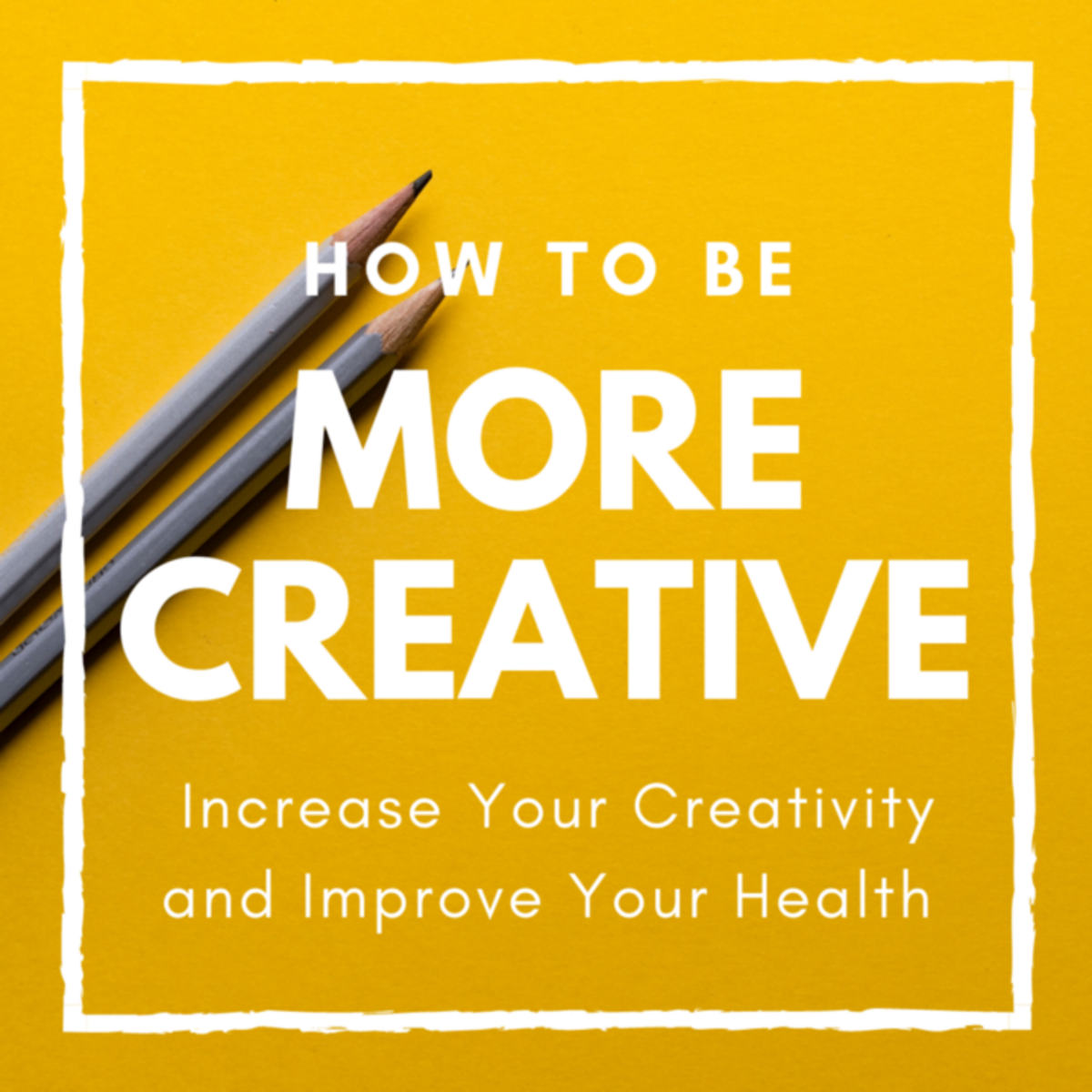On the Limitations of IQ and the Traditional View of Intelligence
On the Limitations of IQ and the Traditional View of Intelligence:
Note: This is part three of a series of articles that examine the relationship between music and the brain by integrating scholarly work on the philosophy of music with research in the psychology of emotion and intelligence. Part three examines problems psychologists have noted that tend to indicate that the traditional view of intelligence is too limited. All parts can be read independently, though they may make references to other parts. Please click here for an overall abstract and links to the other articles in the series.
Table of Contents
Introduction:
There are two basic overriding problems with this traditional view of intelligence that have become apparent in the recent efforts of psychologists and educators to better understand the nature of intelligence and human potential. The first manifests itself in many ways, but it can loosely be summed up as literal-mindedness. As will be discussed shortly, the development of literal-mindedness interferes with one’s ability to deeply understand concepts to the point where one can apply them in new and different situations. The second problem involves the failure of the educational system in general to adequately address the recently arisen research that suggests that the traditional view of intelligence is too limited in focus.[1] Indeed, the recent movement towards high-stakes testing on a national level has only served to complicate the issue even more.
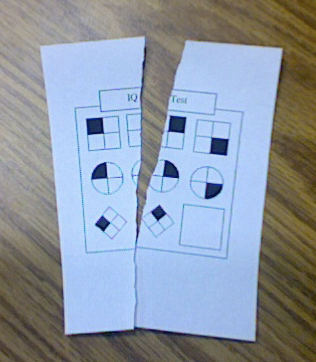
The Problem of Literal-Mindedness
Exploring the problem of literal-mindedness requires a more detailed look at both the educational curriculum and its methodology. In considering these two issues, we will take a particular interest in how they lead the students towards understanding. The first point to consider is that the didactic instructional method generally favored in school leads to a factual and propositional approach to all curricular subjects. The didactic approach to teaching has two levels. The first requires the students to memorize the material, either in text form or lecture notes. The second requires the students to then apply this memorized information in rational argumentation through written or oral discussion, and often through direct application--as in the performance of chemistry experiments or in the working of math problems. When successful, this method leads to students who have a thorough recall of various valued facts and a reasonable working familiarity with valued arguments and established lines of reasoning.
Easy access to such information in memory is undoubtedly valuable, as is a strong familiarity with the uses of language and mathematics, but all alone it often leads to a limited, literal-minded way of viewing the world and solving problems. The heavy emphasis on factual knowledge in education leads children to view the gathering of factual information as a significant aspect of learning in any area. As Susanne K. Langer points out:
As for the children of the present age [in this case meaning the 1940s, although Gardner echoes much the same sentiment for the schools of today[2]], they know no other measure, for fact-finding has become their common sense. Their unconscious orientation is empirical, circumstantial, and historical.[3]
Education’s subsequent emphasis on propositional understandings then tends to lead students towards solving problems through the blind application of memorized rules.
What conceptual propositions create, whether they be mathematical or linguistic, are algorithms in the minds of the students. An algorithm is a prescribed way of solving a given problem or looking at a particular situation. Most all propositional theories and mathematical equations present algorithms that can be extremely useful within a given context, however, there is a common problem that frequently arises with students: they begin to rely too heavily on these predesigned schemes for dealing with certain facts and situations.[4] Teaching students with such a strong focus on the gathering of facts and the application of algorithmic disciplinary principles tends to creates a mentality in which the students come to believe that there is a single, correct answer to all problems, academic or otherwise. All that one needs to solve a given problem is the right facts and the appropriate algorithm.
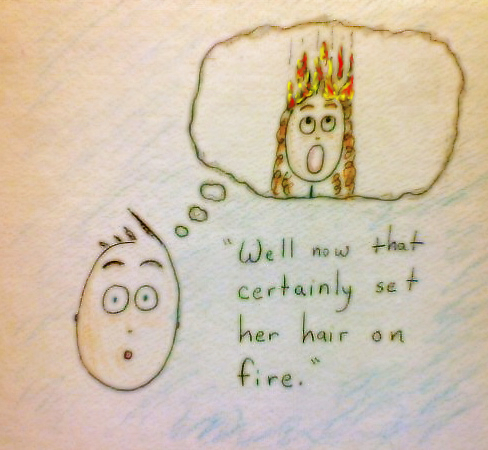
Algorithms are certainly useful in dealing with all sorts of information and for understanding a wider variety of circumstances in our world, but students’ attachment to these algorithmic ways of thinking can be blinding. What begins to occur is that when the facts of a situation they are confronted with, either in a test or in a real-world situation, do not conform comfortably to the algorithm that they have come to understand as correct, the students easily get lost and confused.[5] In considering this situation, Sarason is reminded of an informative study on how children solve the parallelogram problem undertaken by Max Wertheimer in 1945:[6]
When Wertheimer demonstrated to the children that there was more than one way of arriving at a proof, they categorically denied that these alternative ways were right because they conflicted with the way they had been taught.[7]
Here is a prime example of literal-minded thinking. The importance that children place on facts and algorithmic understandings leads them towards being very linear and one-dimensional in how they address the problems with which the world confronts them. The possibility that there are multiple alternative correct answers to a given problem becomes difficult for them to accept.

Moving Toward Creativity
This problem is at the center of Howard Gardner’s study, The Unschooled Mind: How Children Think & How Schools Should Teach. He conceptualizes this situation by identifying three different kinds of learners: intuitive, traditional, and disciplinary. The intuitive learner is characterized by the young child who explores his world through informal observation and physical interaction. Gardner describes how the child, primarily from birth until he enters school, develops basic, serviceable concepts about some of the fundamental understandings in life that adults often take for granted. These areas include concepts about ontology (naming and classifying people, things, and ideas), mechanics (how things in the world interact), living things (what classifies something as alive or not), and mind (things like memory, learning and the development of a self-concept). Gardner emphasizes that an important aspect of this kind of learner is his intuitive approach to developing understandings. At this point, children do not attempt to understand things from a rational perspective; instead, their approach tends to be much more practical and functional.
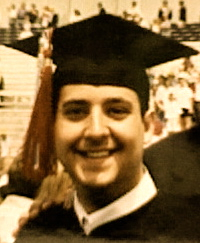
The traditional learner is the academic who spends his time mastering the facts and concepts of schooling as discussed previously. Instead of taking an interest in developing basic conceptual schemes from an intuitive perspective, the traditional learner is concerned with mastering the disciplines of established human knowledge from a rational and propositional perspective, often for the first time. It is also important to note here that, in his earlier study of intelligence, Frames of Mind: The Theory of Multiple Intelligences, Gardner makes a statement that agrees strongly with the sentiments of Langer, Sarason, and Wertheimer discussed above about literal-mindedness. Gardner makes this statement in direct reference to the traditional learner:
In his zeal to master certain symbolic systems, the child often becomes extremely literal--minded. He wants to use the symbol system [linguistic and mathematical propositions] in just the proper way and so will brook no deviations or experimentation.[8]
Thus, the traditional learner gathers facts and conceptual understandings but tends to become trapped within them. Gardner describes this problem of the traditional learner very well: “Instead of integrating the algorithm with intuitive knowledge, the child allows the algorithm to dictate what the answer is.”[9] What the child successfully learns is the rules of an algorithm and within what context that algorithm is relevant. What the child generally does not learn, however, is why that algorithm functions or where it came from and, therefore, the child often fails to recognize when it might be useful in a new or different context.
The algorithmic theories and understandings to which children are exposed in traditional learning often deal with some of the same issues that were dealt with in the intuitive learning stage such as ontology, mechanics, social interaction, etc. Gardner points out, however, that the traditional understandings they develop in school frequently do not replace the intuitive understandings they developed as young children. Thus, traditional learners often develop two separate theories for a given phenomenon, a conscious traditional one, and an unconscious intuitive one. The theories learned in school are, when genuinely understood, far more accurate and precise than intuitive theories. As a result of the context-dependent way in which the student learns these theories, however, when he encounters a situation that does not conform to the rule as he learned it, he will be unable to make proper use of them, and so will return to his potentially faulty intuitive understandings in analyzing the situation.
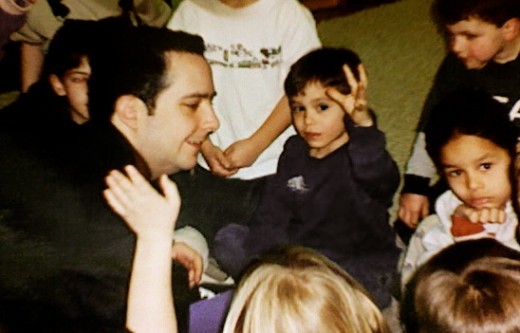
In contrast, the disciplinary learner is defined by his ability to use the same conceptual and propositional theories of the traditional learner freely and intuitively to solve novel problems and create new ones within unfamiliar contexts.
What distinguishes the disciplinary learner from the traditional learner is that the disciplinary learner has overcome the literal-mindedness of the traditional learner’s reasoning. Students who have achieved disciplinary understanding “are able to take information and skills they have learned in school or other settings and apply them flexibly and appropriately in a new and at least somewhat unanticipated situation.”[10] The disciplinary learner has a deep and genuine understanding that goes beyond a basic grasp of the facts and conceptual propositions of a subject to an understanding of the actual relationships that those facts and conceptual propositions define.
Gardner’s point in The Unschooled Mind is that the nature of traditional education leads to the limited understanding of the traditional learner, not the more comprehensive and genuine understanding of disciplinary learner. To support this proposition he cites numerous psychological studies in which it is shown that most students, even at the college level, when presented with a situation in a studied domain that does not match the form of presentation in which they encountered it in their study, fail to recognize the useful and appropriate application of the algorithms they have learned and fall back on the intuitive theories of the world they developed in their youngest years.[11] Thus, the current educational system often fails to engender deep, disciplinary, conceptual understandings in students. While there are certainly movements within the educational world to correct this, school continues to be structured in primarily traditional ways, and the pressures of high-stakes testing tend to dampen the academic freedom required to turn these movements into a success.
The Need to Address Contemporary Research
Gardner himself,[12] in line with many others, claims that in many ways the cause of this situation comes from the second fundamental problem with the traditional view of intelligence: the failure of the educational system in general to adequately adapt to contemporary research which suggests that the traditional view of intelligence is too limited in focus. In The Challenge of Art to Psychology, Seymour Sarason introduces the argument very clearly. He addresses the issue by summing up the function of tests in general and the IQ test in particular.[13] He then points out why the unconscious habit of defining intelligence and human potential according to the standards of the IQ test is detrimental to a greater understanding of what intelligence really is:
School performance was the major criterion for validation [of a test]; that is, the “abilities” required for school performance were the abilities tests had to measure. The possibility that schooling--its foci, goals, pedagogy, and culture--masked, suppressed, or ignored some universal human cognitive attributes and abilities was not raised. It was as if schooling required, stimulated, and nurtured all of the most distinctive aspects of human potential. If that was not the case, as it was not and is not, conceptions of intelligence and human potential were at best narrow, and at worst perpetrations of socially acceptable myth.[14]
Daniel Goleman, in a recent publication on the recently proposed idea of emotional intelligence, echoes this sentiment: “At best, IQ contributes about 20 percent to the factors that determine life success, which leaves 80 percent to other forces.”[15] The suggestion is, then, that the traditional conception of intelligence is not all-inclusive--that there is something more to the business of intelligence that goes beyond the issues traditionally dealt with in school.
In the next segment of this discussion, we will turn towards exploring what these further issues might be.
End Notes
[1] For an excellent, and concise consideration of educational reform look at Arthur W. Combs, The Schools We Need: New Assumptions for Educational Reform, (Lanham, Maryland: University Press of America, Inc, 1991, and Denver, Colorado: Save America--Educate Our Children, 1994).
[2] Gardner, Unschooled Mind.
[3] Langer, 276.
[4] Gardner, Unschooled Mind, 143–181.
[5] Ibid.
[6] Max Wertheimer, Productive Thinking (New York: Harper and Row, 1945).
[7] Sarason, 127.
[8] Gardner, Frames of Mind, 310–311.
[9] Gardner, Unschooled Mind, 164.
[10] Ibid., 9.
[11] Ibid., 133–136,154, 160, 168–169, 174, 177, 235.
[12] Gardner discusses the importance of new, broader theories of intelligence to school reform in pages 6–20 of The Unschooled Mind.
[13] Sarason brings an interesting insight into how this perception of IQ as central to intelligence came about with a brief discussion of the evolution of the IQ test. In The Challenge of Art to Psychology, he writes: “Binet [the original creator of the IQ test] never deluded himself into thinking that his scales captured the complexities of human intelligence. . . . or that performance was other than a frail reed on which to rest conclusions about potential. . . . What happened . . . is that the American psychologists took over Binet’s methodology and ignored his questions and doubts about the adequacy of his scales in regard to the nature and expressions of human potential” (Sarason, Challenge of Art, 17–18).
[14] Ibid., 18–19.
[15] Goleman, 34.
Series Abstract
Important efforts in recent musical research have been devoted to exploring how music affects intellectual processing, the emotions and personality. Most of these efforts have been focused on exploring music’s effect on the neurology of the brain and its possible contributions to development in other non-musical domains such as language or mathematics. Much of this research is, by necessity, very specific and of a limited focus. A broader understanding of the positive results of music study can now be established, however, by synthesizing the theories of musical meaning provided by music philosophy and new psychological research on the nature of intelligence and emotion. This synthesis reveals that studying music has demonstrable holistic benefits on cognitive processing, emotional fluency and character development.
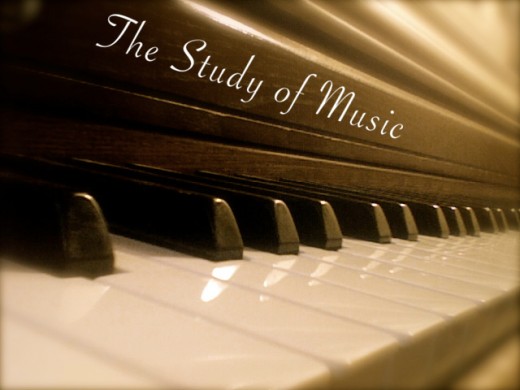
Links to other articles in the series:
Introduction:
Part I: On the Psychology of Intelligence
- On the Traditional View of Intelligence
- Emergent Problems with the Traditional View of Intelligence
- Alternative Views: Developmental Cognition & Information Processing Theory
- Alternative Views: Multiple Intelligences Theory
- Alternative Views: The Triarchic Theory of Intelligence, Distributed Intelligence & Emotional Intelligence
- Alternative Views: Windows of Opportunity for Change
- COMING SOON:
- Part II: On the Nature of Art
